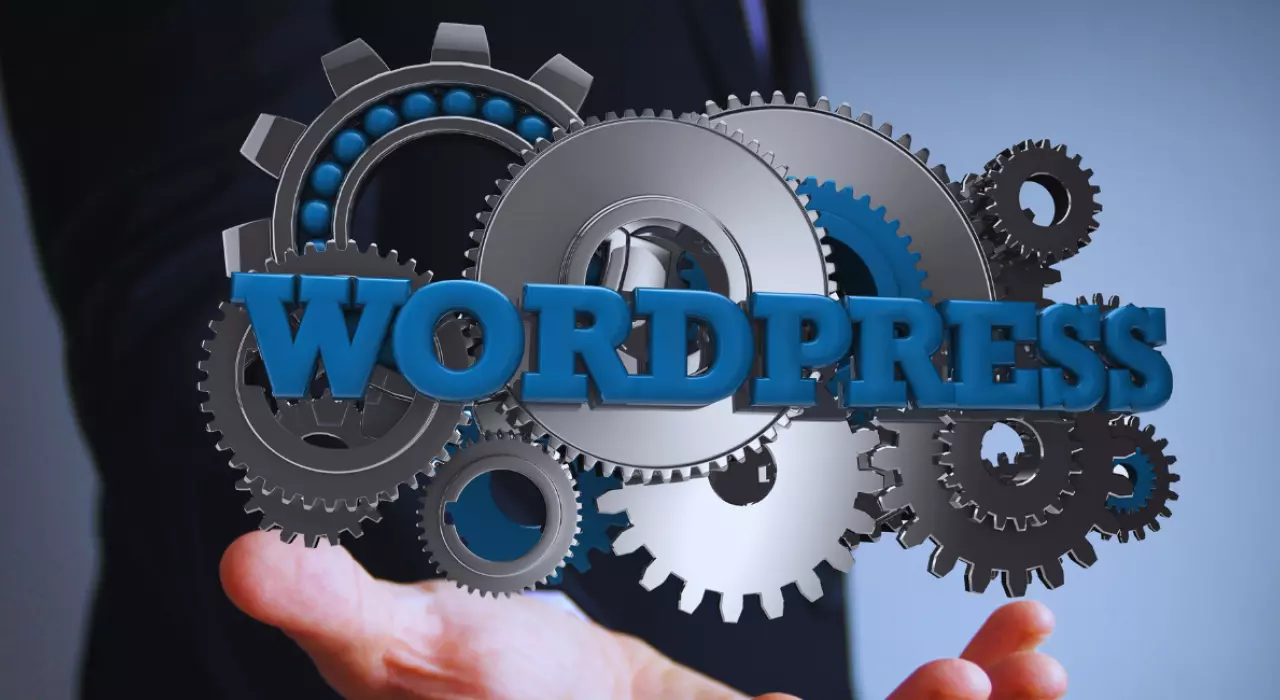
- Sécurité digitale
Cybersécurité : Comment préparer votre entreprise aux nouvelles directives NIS 2 ?

WordPress security is a major issue for all website owners. As a popular platform, WordPress is also a frequent target of cyber attacks. It's therefore crucial to put security measures in place to prevent data leakage, guarantee the protection of sensitive information, and ensure the reliability of your site.
This article explores best practices for strengthening the security of your WordPress site, including performing a website security audit and applying other essential measures.
Regular updates are essential to maintain a secure site. WordPress and its plugins are constantly being patched to address vulnerabilities:
By keeping your website up to date, you reduce the chances of being attacked via a vulnerability that has already been identified and corrected.
Weak passwords are one of the main causes of website hacking. To strengthen WordPress security, it's important to use strong passwords:
By combining a strong password with double authentication, you significantly reduce the risk of unauthorized access.
WordPress security plugins are indispensable tools for monitoring and protecting your site against threats:
By using a security plugin, you ensure proactive protection of your site by detecting intrusion attempts or data leaks before they cause damage.
Even with the best security practices, an incident is always possible. A regular backup strategy is therefore crucial to quickly restoring your site in the event of a problem:
The WordPress dashboard is a strategic point that needs to be protected:
By securing access to your dashboard, you reduce the risk of hacking through brute-force attacks.
A website security audit allows you to check the security status of your site and identify any potential vulnerabilities:
Regular auditing is essential to ensure that your site complies with security best practices and to anticipate potential data leaks.
Protecting data exchanges between your site and your users is essential for data protection:
An SSL certificate not only protects your visitors, but also enhances your credibility as a secure site.
For optimum security, call on our experts for a comprehensive website security audit, which will identify potential flaws in your website while ensuring that your WordPress site is protected against cyberthreats.
With Esokia's expertise, you can secure your digital applications and strengthen your company's digital security robustness.